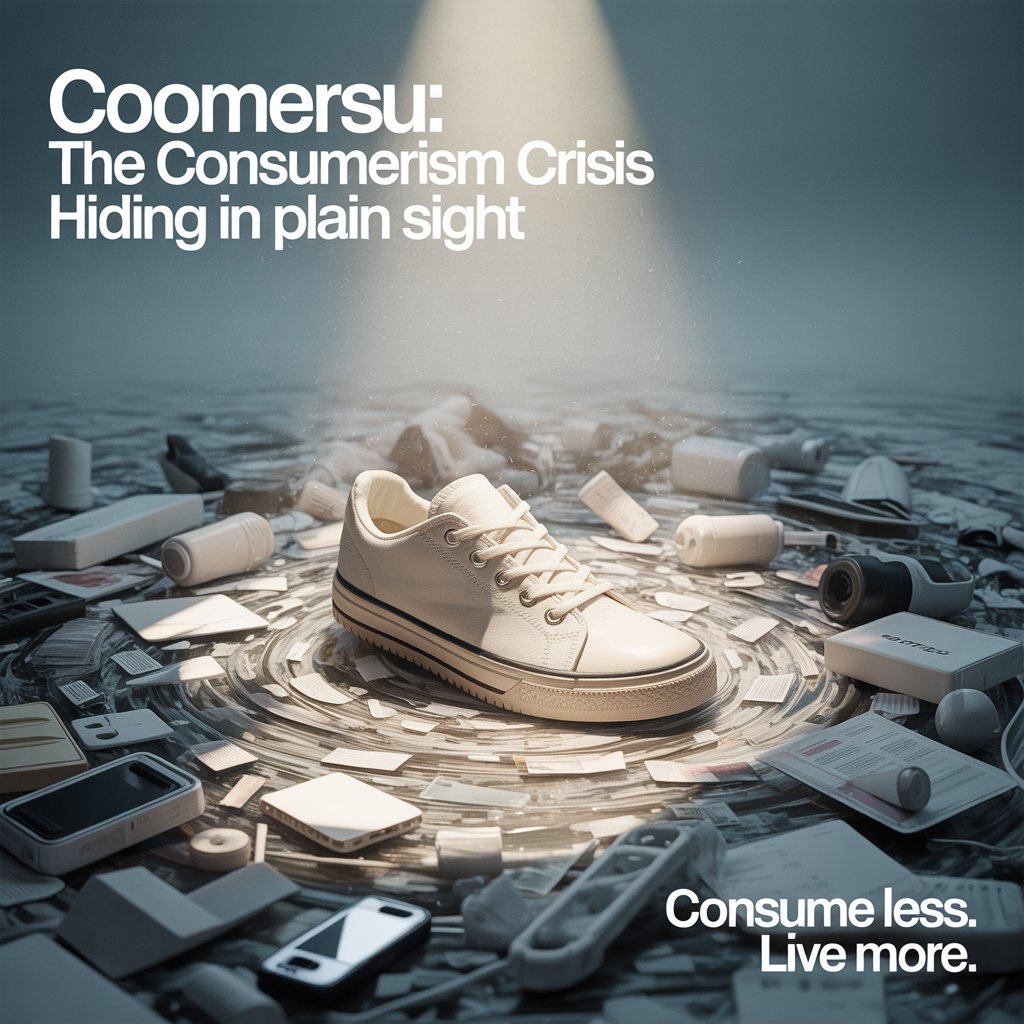What is Coomersu?
Coomersu is not just a word—it’s a cultural phenomenon. A blend of “coomer” and “consumer,” the term highlights an extreme, almost compulsive pattern of consumption driven by instant gratification, particularly in internet and pop culture spheres. It focuses on the tendency of individuals to mindlessly purchase products tied to fleeting digital trends, especially merchandise tied to anime, games, or internet personalities.
This pattern of behavior often goes unnoticed. Yet, it shapes the way people think, shop, and live. Coomersu isn’t just about buying things—it’s about why we buy them, how often, and what emotional gaps they fill.
Table of Contents
Why Coomersu is a Problem
At first glance, coomersu might seem like harmless fandom. After all, buying figures, posters, or themed clothing is common in many fan communities. But the issue with coomersu lies in its intensity and the psychological mechanisms behind it. People caught in this loop often purchase for the dopamine hit, not because they need the item.
This kind of spending isn’t only unhealthy for the wallet. It also fuels unsustainable manufacturing, fast-shipping demands, and single-use packaging. Coomersu behavior supports a system that puts entertainment value over environmental value, undermining eco-friendly progress in everyday consumption.

The Emotional Cycle Behind Coomersu
Coomersu follows a predictable cycle. First comes the hype—perhaps a new anime release or a viral meme. Then, product drops flood online marketplaces. Limited editions, pre-orders, and exclusive sales create a sense of urgency. Buyers scramble to be the first, to be included, or to avoid missing out.
But after the package arrives, the excitement fades. The item gets shelved, worn once, or lost in clutter. Regret sets in. The consumer promises to cut back. Yet a new product hits the market, and the cycle starts again.
Coomersu thrives on this pattern. It plays on insecurity, loneliness, boredom, and the desire to belong.
Who is Most Affected by Coomersu?
Young adults and teens form the largest demographic prone to coomersu behavior. Raised in a digital landscape where identity is shaped by media consumption, they’re more vulnerable to targeted ads, influencer culture, and algorithm-driven recommendations.
This group often finds comfort in parasocial relationships with creators or characters. Their spending habits reflect a desire for connection. But coomersu does not offer real intimacy or fulfillment. It sells illusions—often expensive ones.
This doesn’t mean every young consumer falls into the trap. But recognizing the signs of coomersu is key to avoiding its worst effects.
Coomersu vs. Mindful Consumption
Mindful consumption is about choice, value, and sustainability. Coomersu is about impulse, obsession, and waste. The contrast couldn’t be clearer.
A mindful consumer asks:
- Do I need this?
- Will I use this?
- How was this made?
- What’s the environmental impact?
A coomersu-driven buyer, on the other hand, acts quickly and emotionally. The decision is reactive, not reflective. By slowing down and questioning each purchase, individuals can escape the coomersu trap.

Is There an Eco-Friendly Way Out of Coomersu?
Yes, and it begins with awareness. To break the coomersu cycle, people need to shift from compulsive consumption to conscious living. Here are a few practical ways to do that:
- Unfollow Product-Heavy Influencers
Many social media figures thrive on brand deals. Their content is designed to make you want what they’re paid to promote. - Delay Purchases
Give yourself 48 hours before buying something non-essential. Most urges fade when given time. - Support Ethical Brands
Choose creators and companies that prioritize eco-friendly materials and transparent sourcing. - Limit Collector Culture
Buy fewer things, but better ones. A single well-made item can bring more lasting joy than a shelf full of cheap plastic. - Connect Offline
Engage in hobbies that don’t revolve around buying. Read, walk, draw, volunteer. Rebuild attention away from screens and storefronts.
How Brands Exploit Coomersu
Marketers know how to trigger coomersu. They use artificial scarcity, countdown timers, and emotional storytelling. They know that if they make the product feel like an identity marker, it will sell.
It’s not just merchandise. Even platforms now encourage micro-consumption—paid digital items, in-app purchases, cosmetic upgrades. Coomersu is creeping into every corner of digital life.
Consumers need to reclaim control. Recognizing manipulation is the first step toward resisting it.

Is Coomersu Ever Justified?
Some say coomersu is just modern fandom. That collecting things is a form of self-expression. And yes, enjoying a well-designed figure or supporting a beloved creator isn’t inherently bad.
But the key difference lies in intent. If the purchase is thoughtful and meaningful, it escapes the coomersu label. If it’s mindless and excessive, it feeds into the problem.
Buy with purpose. That’s the line that separates joy from addiction.
The Hidden Cost of Coomersu
The true price of coomersu isn’t just monetary. It’s emotional fatigue. It’s mental clutter. It’s environmental degradation. Cheap items often come with high ecological costs—unsustainable plastics, unethical labor, carbon-heavy shipping.
Every impulsive click supports an exploitative system. Choosing not to buy—or choosing to buy better—sends a message. It says that consumption doesn’t define identity.
Also read: Unforgettable Allure – swimsuit edition [abbb] – 1.20 21 swimsuit edition – chapter
Final Thoughts: Is Coomersu a Phase or a Crisis?
Coomersu is more than a passing internet trend. It reflects deeper issues about identity, loneliness, and digital overstimulation. The danger is not in the products themselves but in the pattern of unchecked consumption they promote.
It is important to see coomersu for what it is: a cultural habit with real-world consequences. Breaking free requires effort, self-awareness, and a commitment to more ethical choices. The good news? Each small decision adds up. Each time a person resists the urge to buy into coomersu, they create space for more meaningful living.


